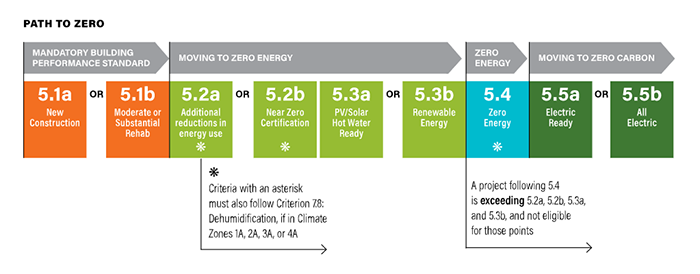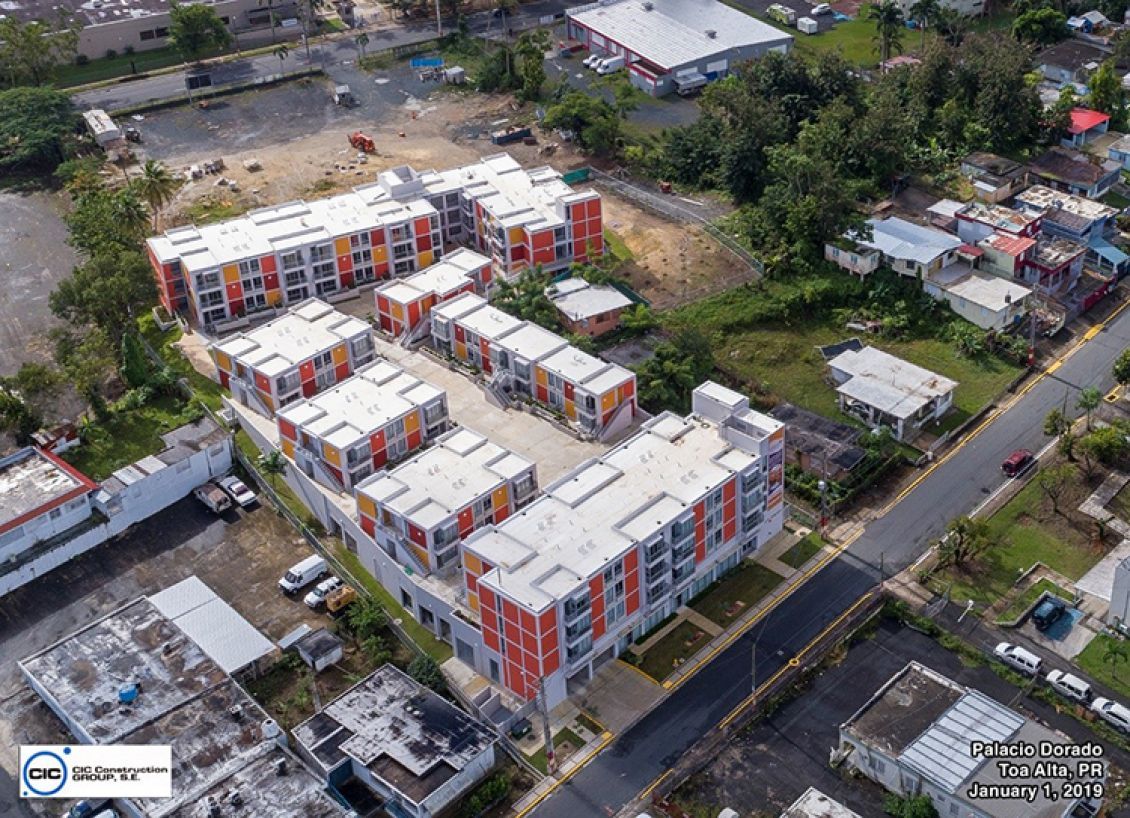We’re proud to support the integration of climate action and affordable housing every day. It takes systemic change and individual actions to slow the speed of climate change and ensure that good homes are in reach. We're grateful to everyone helping shift the affordable housing sector to one that’s benefiting people in part by improving the condition of the Earth. Healthy, efficient, environmentally responsible homes are an essential component of racial equity and environmental and economic justice.
In honor of Earth Day today, we’re recognizing two Enterprise Green Communities TA Providers and two active affordable housing developers that are BIPOC-led. We’re also lifting up green building strategies designed to reduce emissions.
Partner Spotlight
This Earth Day we are featuring technical assistance provider groups and developer teams active with Green Communities that are BIPOC (Black, Indigenous and people of color) led. The existence and success of TA provider groups and affordable housing developer teams with BIPOC leadership is meaningful beyond just achieving a surface-level metric of diversity or inclusion.
When an organization is led by people of color, the experiences brought to the table are different than the experiences centered at white-led organizations. Many BIPOC-led TA provider groups and development teams were formed to fill a critical gap in services faced by their community, and they approach green building with a strong focus on the impact of green features on resident health and well-being.
Technical Assistance Providers
Sol design & consulting, based in Ohio, is one of the most active Green Communities Technical Assistance Providers. Many of our certified projects from the Midwest region use the technical services of Sol design & consulting. Sanyog Rathod founded Sol design & consulting in 2006 with the purpose of “integrating environmental and social issues into the economic decision-making of building projects.” Sanyog wanted to pursue the green building space because he believes that “environmental and social good will create a more prosperous and equitable world.”
Pacific Asian Consortium in Employment (PACE) was founded in 1976 by activist Kerry Doi as a job training and placement service for low-income Asian Pacific Islander communities in the Los Angeles area. At its founding, PACE attempted to fill a gap that existed in the community by creating an organization that provided “culturally and linguistically competent services.”
The organization’s scope has since expanded to include housing and energy services, and it now provides services to all minority, ethnic, and immigrant communities. With its focus on sustainability and protecting the environment, PACE provides a critical connection between state and federal energy efficiency programs and the communities they are intended to benefit. PACE supports these energy efficiency initiatives because they lower community members’ utility bills and make people’s homes more comfortable.
Affordable Housing Developers
Acacia Network is one of the largest Hispanic-led human services nonprofits in the U.S., serving seven states and Puerto Rico. Paul Russi, founder and Puerto Rican immigrant, started Acacia Network because growing up in a neighborhood that lacked ethnic diversity, he “became keenly aware... about the importance of helping underserved communities gain a ‘seat at the table.’”
Recently, Acacia Network achieved Enterprise Green Communities certification for Palacio Dorado, an affordable housing development in Puerto Rico. They committed to incorporate green building features into their project to create a community where “residents can feel safe, flourish and feel proud of their living arrangements.”
The Mutual Housing Association of New York (MHANY) Management, Inc. is a community organization based in Brooklyn. MHANY Inc. has a mission to increase affordable housing options, work with current building residents to improve community conditions, and help people get the resources needed to purchase their own home. They have certified three projects with Enterprise Green Communities.
By partnering with a technical assistance provider like Bright Power, MHANY’s buildings have successfully implemented and modeled energy efficiency measures and other green building features. These green building features not only save residents money through energy and water efficiency; they protect resident health by using healthier building materials and by promoting resident recreational activity through building design.
Emissions Reduction Strategies
Buildings are responsible for almost 40% of U.S, greenhouse gas emissions today. In order to stay on track with 1.5-degree climate alignment, the building sector must halve emissions by 2030 and reduce to zero by mid-century. Strategies that reduce emissions and meet the cost constraints of the affordable housing sector are critical.

Greenhouse Gas Emissions (GHG)
All properties certified to Enterprise Green Communities use at least 15% less energy than standard homes built to code. And homes certified to Enterprise Green Communities Plus achieve near zero. Beyond energy savings, there are many other ways which Enterprise Green Communities certification decreases a building’s overall greenhouse gas emissions.
Through the 2020 Criteria, project teams have access to strategies which will reduce embodied carbon of the project. By specifying concrete, steel or insulation with low global warming potential, developments have the opportunity to reduce emissions associated with their supply chain.
Another optional criterion asks project teams to source materials locally to reduce the GHG emissions incurred during procurement. And, all projects using the 2020 Criteria report their greenhouse gas emissions with our new tracker, which allows properties to benchmark their emissions and enable program-wide emissions calculations. Our GHG emissions calculator is publicly available; project teams are able to use our tool even if they are not certifying.
Path to Zero
There are three essential strategies on the “path to zero,” the path toward reducing emissions associated with a building: reducing a building’s operating energy through energy efficiency practices, reducing a building’s emissions through the type of energy source that fuels that operating energy, and reducing a building’s emissions embodied in the materials that are used to construct the property. Criteria 5.1 and 5.2 address reducing operating energy needs, and Criteria 5.3 and 5.5 address reducing emissions through the property’s power sources. Criterion 5.4 combines the two concepts, directing projects toward Zero Energy of operations.
Aggressive levels of energy efficiency coupled with renewable energy production at levels equal to or greater than a project’s annual energy needs results in a Zero Energy Building (see “A Common Definition for Zero Energy Buildings”). This strategy reduces nonrenewable energy usage, utility bills and greenhouse gas emissions.
Not every project, depending on its budget, is able to get to zero energy today. But by building the path to zero, we are creating opportunities for properties who aren’t yet ready to meet zero energy today to achieve zero energy in the future. For more information about electrifying affordable housing and reaching net-zero energy, see New Buildings Institute’s Building Electrification Technology Report, published earlier this year, as well as the Greenlining Institute’s Equitable Building Electrification framework.
